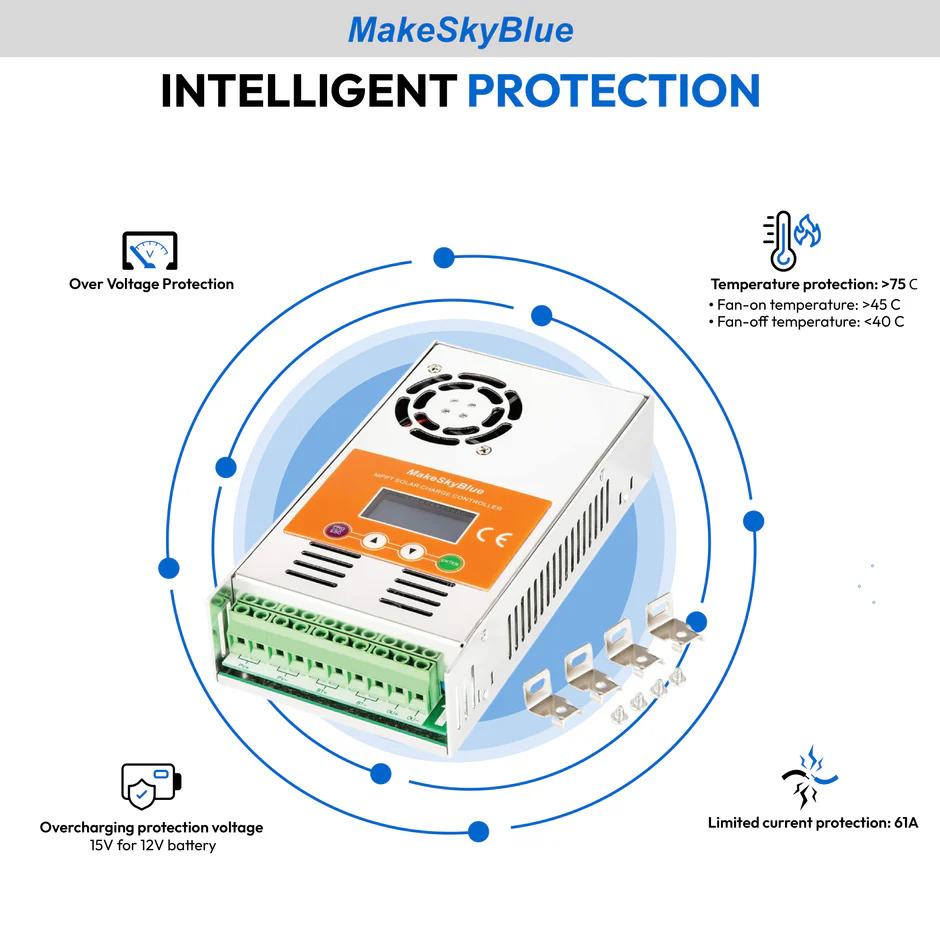Data Visualization Services Explained: A Complete Guide for Businesses

Introduction
In today’s data-driven world, information is the lifeblood of every successful business. From sales performance to customer behavior and operational efficiency, every decision relies on the ability to understand and interpret data accurately. Yet, as data grows more complex and abundant, making sense of it becomes a significant challenge. This is where data visualization steps in — transforming complex numbers and raw data into intuitive charts, graphs, and dashboards that tell a story.
For businesses striving to remain competitive and agile, understanding data visualization is no longer optional; it’s essential. This guide by Intwo Temp explores the power, purpose, and process of data visualization, offering a complete overview of how it can revolutionize the way your organization understands and acts on its data.
What Is Data Visualization?
Data visualization is the process of converting data into visual formats such as graphs, charts, maps, and dashboards. It bridges the gap between complex datasets and actionable insights, allowing business leaders to comprehend patterns, relationships, and trends that might otherwise remain hidden in spreadsheets.
A well-designed visualization not only simplifies data interpretation but also enhances storytelling — enabling decision-makers to act with confidence. It turns analytics into art, helping businesses to grasp the “why” behind the numbers.
For instance, a company tracking sales performance might use line charts to visualize trends over time or heat maps to identify regional sales strengths and weaknesses. Through visualization, data becomes interactive, insightful, and impactful.
The Importance of Data Visualization in Modern Business
The modern business ecosystem operates at lightning speed. Every department — marketing, sales, finance, and operations — collects vast volumes of information. Without proper visualization, this data remains dormant and underutilized.
Here’s why visualization is vital:
-
Faster Decision-Making: Visual data enables executives to spot trends instantly without combing through spreadsheets.
-
Improved Communication: Graphs and dashboards help teams share insights clearly across departments.
-
Error Reduction: Visualization highlights anomalies and inconsistencies in real-time, ensuring accuracy in analysis.
-
Strategic Insights: By revealing hidden relationships in data, visualization helps leaders uncover new opportunities and risks.
In short, visualization transforms data from being merely informative to being actionable.
The Evolution of Data Visualization
Data visualization has evolved dramatically over time. Early forms were simple charts and static graphs. Today, technological advancements allow for dynamic, real-time visual analytics powered by artificial intelligence (AI), machine learning (ML), and big data tools.
-
Past: Manual charts, Excel sheets, and basic visual reports.
-
Present: Interactive dashboards and cloud-based visualization tools.
-
Future: Predictive analytics and AI-driven visual insights that anticipate trends.
This evolution has made visualization tools more accessible, scalable, and intelligent. Businesses can now visualize millions of data points instantly, gaining deeper insights than ever before.
Benefits of Implementing Data Visualization in Business
1. Enhanced Clarity
Visualizing data turns complexity into clarity. Patterns, outliers, and correlations become immediately visible, helping teams interpret performance metrics quickly.
2. Increased Engagement
Human brains process visuals 60,000 times faster than text. Dynamic dashboards and interactive visuals capture attention and drive engagement among stakeholders.
3. Data-Driven Decision Making
Visualization empowers leaders to make evidence-based decisions, reducing reliance on intuition alone.
4. Real-Time Insights
Many modern tools provide live dashboards, enabling companies to monitor KPIs and respond instantly to changing conditions.
5. Better Collaboration
Visual reports promote collaboration by making insights accessible to everyone, regardless of their technical expertise.
Types of Data Visualization Tools
There are countless tools available today, each catering to different business sizes and needs. Some of the most popular include:
-
Tableau: Renowned for its drag-and-drop simplicity and real-time data blending capabilities.
-
Power BI (Microsoft): Ideal for integrating with Microsoft’s ecosystem and generating powerful analytics.
-
Google Data Studio: A free tool offering customizable and shareable dashboards.
-
Qlik Sense: Known for its associative data engine that links datasets seamlessly.
-
Looker: Focused on modern data modeling and embedded analytics.
Choosing the right tool depends on factors like data complexity, team size, integration needs, and budget.
How Data Visualization Works
-
Data Collection: Gathering raw data from internal databases, CRMs, APIs, or cloud sources.
-
Data Cleaning: Removing duplicates, correcting errors, and standardizing formats to ensure accuracy.
-
Data Processing: Structuring data to make it analysis-ready.
-
Visualization Design: Selecting the right visual formats — charts, graphs, or infographics — to communicate insights effectively.
-
Dashboard Creation: Combining visuals into a unified, interactive platform.
-
Sharing & Analysis: Enabling teams to explore and act upon insights collaboratively.
This structured approach ensures that visualizations are not only aesthetically appealing but also strategically valuable.
Midpoint Focus: Understanding Data Visualization Services
Businesses often turn to specialized providers to manage their analytics and visualization needs efficiently. Data Visualization Services offer end-to-end solutions — from data integration and dashboard design to advanced analytics and real-time visualization. These services help organizations transform raw datasets into meaningful, decision-supporting visuals.
Partnering with experts like Intwo Temp ensures that visualizations align with business goals, industry standards, and stakeholder expectations. Whether it’s designing executive dashboards, automating reporting systems, or integrating visualization tools with existing analytics platforms, professional services streamline the process and maximize the value of data assets.
By outsourcing visualization expertise, companies save time, enhance data quality, and gain strategic clarity without overburdening internal teams.
Common Data Visualization Techniques
-
Bar Charts: Perfect for comparing categories or performance across time periods.
-
Line Graphs: Ideal for tracking trends and forecasting future performance.
-
Pie Charts: Used to represent parts of a whole — for example, market share distribution.
-
Heat Maps: Display data density, frequency, or activity levels across geographical or digital spaces.
-
Scatter Plots: Show relationships and correlations between two variables.
-
Dashboards: Combine multiple visuals for a holistic, interactive overview.
The choice of technique depends on the story the data needs to tell.
Challenges in Data Visualization
While the advantages are significant, businesses also face challenges in implementation:
-
Data Quality Issues: Incomplete or inconsistent data can distort insights.
-
Overcomplication: Too many visuals can confuse rather than clarify.
-
Lack of Strategy: Without clear objectives, visualizations can fail to deliver actionable results.
-
Integration Problems: Connecting multiple data sources requires technical precision.
-
Security Concerns: Sensitive business data must be handled with strict privacy controls.
Working with experts helps mitigate these risks and ensures reliability.
Best Practices for Effective Visualization
-
Define Your Objective: Know what question your visualization is trying to answer.
-
Simplify the Design: Clarity should always outweigh complexity.
-
Use Appropriate Charts: Choose visuals that match the nature of your data.
-
Ensure Data Accuracy: Verify all inputs before visualization.
-
Tell a Story: Guide viewers through insights logically and intuitively.
-
Enable Interactivity: Let users filter, sort, and explore data independently.
-
Maintain Consistency: Use standardized colors, fonts, and labeling for professionalism.
Case Study: How Businesses Benefit from Visualization
Consider a retail company that collects millions of customer data points — from online purchases to in-store footfall. By using visualization, it can:
-
Identify best-selling products by region.
-
Track customer preferences in real-time.
-
Predict seasonal demand shifts.
-
Optimize marketing spend using visual trend analysis.
In this scenario, visualization transforms overwhelming data into actionable business intelligence, driving efficiency and growth.
The Future of Data Visualization
The next generation of visualization will be powered by AI and machine learning, delivering automated insights rather than static visuals. Predictive dashboards will anticipate future trends, while augmented reality (AR) and virtual reality (VR) will make data exploration immersive.
In addition, natural language processing (NLP) will allow executives to “talk” to their dashboards — asking questions and receiving visual answers instantly. These innovations will make visualization not just a reporting tool but a core component of intelligent business ecosystems.
Conclusion
In an era defined by data, visualization is the key that unlocks understanding. It bridges the gap between analysis and action, turning information into intelligence. For organizations aiming to stay ahead, embracing visualization is not a luxury — it’s a necessity.
With the right strategy, tools, and expertise, businesses can transform their decision-making processes and drive meaningful results. Partnering with Intwo Temp ensures you’re not just seeing your data — you’re understanding it, leveraging it, and leading with it.
Data visualization is the language of modern business — and those who master it will define the future.


